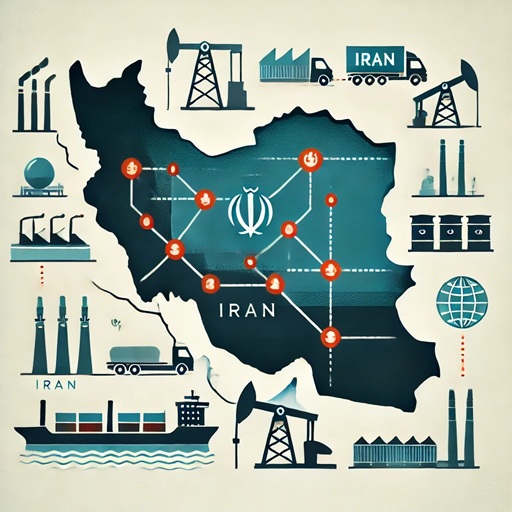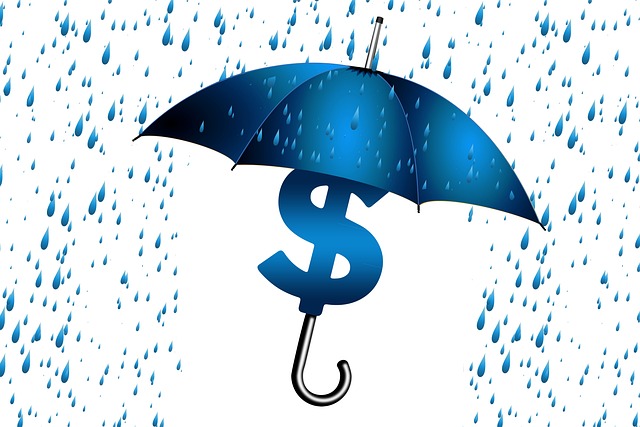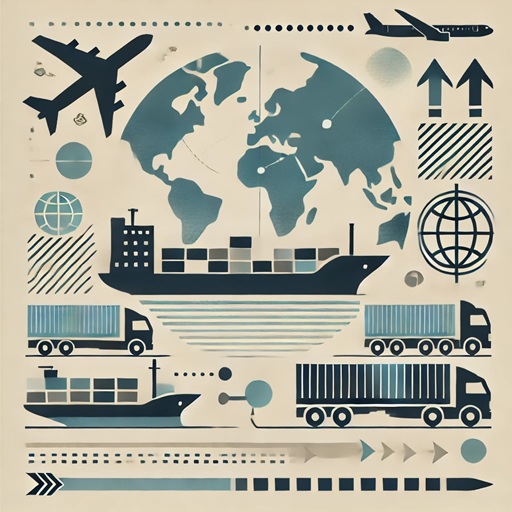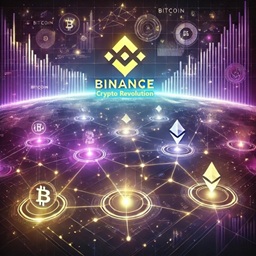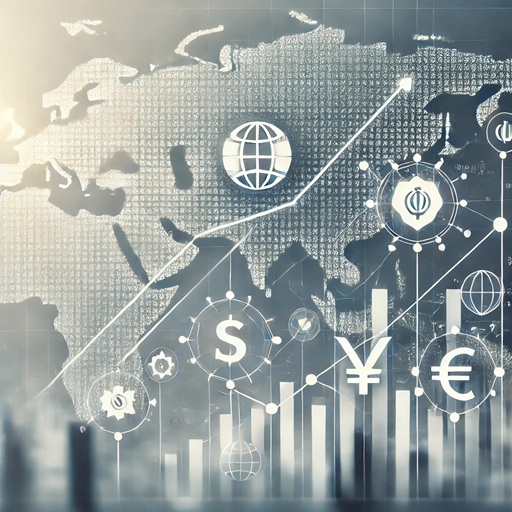Introduction
Iran, a country at the crossroads of major global trade routes, is a land of both vast opportunities and considerable challenges. Its geopolitical significance, abundant natural resources, and strategic location in the Middle East make it an attractive yet complex destination for investment. Understanding Iran’s position within the regional economy, its relationships with neighboring countries, and the risks and rewards of investing here is crucial for making informed business decisions. This article explores why investing in Iran and Iranian companies can be a beneficial move while also highlighting the potential challenges that investors should consider.
- Iran’s Geopolitical and Economic Significance
1.1. Strategic Location and Regional Influence
Iran’s geographical position connects it to 15 neighboring countries through land and sea. It shares borders with Iraq, Turkey, Armenia, Azerbaijan, Turkmenistan, Afghanistan, and Pakistan, and has direct access to the Persian Gulf and Caspian Sea. These factors position Iran as a critical trade hub between Europe, the Middle East, Central Asia, and South Asia.
- Access to the Persian Gulf: Iran controls the Strait of Hormuz, through which nearly 30% of global crude oil passes.
- Connectivity to Central Asia: Iran serves as a gateway for landlocked Central Asian nations like Kazakhstan, Uzbekistan, and Turkmenistan to access global markets.
- Belt and Road Initiative (BRI): Iran’s participation in China’s BRI infrastructure projects enhances trade routes, logistics, and connectivity with China, Russia, and European markets.
1.2. Energy and Natural Resources
Iran holds the fourth-largest proven crude oil reserves and the second-largest natural gas reserves globally. These reserves make it an energy superpower with vast potential in petrochemicals, refining, and renewable energy investments.
- Oil and Gas Production: Iran produced approximately 3.8 million barrels of oil per day in 2023.
- Petrochemicals: Iran ranks among the top 10 petrochemical producers worldwide, exporting products to Turkey, China, and India.
- Renewable Energy Potential: With 300+ sunny days annually, Iran has vast potential for solar and wind energy investments.
- Economic and Political Relations with Neighboring Countries
Iran’s economy is deeply connected with its regional neighbors, which affects trade, investment, and political stability.
2.1. Trade with Neighboring Countries
Iran maintains strong trade partnerships with regional nations, particularly in energy, agriculture, and manufacturing.
- Iraq: Iran is Iraq’s top trading partner, exporting over $9 billion worth of goods in 2023.
- Turkey: Bilateral trade reached $11 billion in 2023, with Iran supplying energy and Turkey exporting industrial goods.
- China: Iran’s largest trade partner, with $30 billion in trade, mainly in oil and infrastructure investments.
- Pakistan and Afghanistan: Iran provides electricity, food, and industrial products, supporting over $5 billion in trade annually.
2.2. Political and Sanctions Challenges
While Iran has beneficial trade relations, U.S. and EU sanctions limit financial transactions and international banking. However, Iran continues to conduct trade through alternative methods, including:
- Using local currencies with China, Russia, and Turkey to bypass sanctions.
- Developing barter agreements to trade oil for goods and services.
- Strengthening economic ties with non-Western countries like India and Brazil.
- Advantages and Disadvantages of Investing in Iran
3.1. Advantages
- High Market Potential: Iran’s 85+ million population offers a growing consumer market.
- Low Production Costs: Affordable labor and energy make Iran a cost-effective manufacturing hub.
- Industrial and Tech Growth: Iran has a booming IT, nanotechnology, and pharmaceutical sector.
- Untapped Investment Opportunities: Foreign Direct Investment (FDI) is limited, creating openings for first-mover advantages.
3.2. Disadvantages
- Economic Sanctions: Financial restrictions can create challenges in fund transfers and market entry.
- Currency Volatility: The Iranian Rial (IRR) fluctuates, affecting investment returns.
- Regulatory Uncertainty: Government policies and economic reforms can shift unpredictably.
- Political Risks: Regional conflicts and diplomatic issues can impact long-term stability.
- Success Stories of Investments in Iran
4.1. MTN Irancell (Telecommunications)
- South Africa’s MTN Group invested $2 billion in Iran’s telecom sector, becoming a dominant mobile service provider.
4.2. Renault & Peugeot (Automotive)
- French automakers Renault and Peugeot established manufacturing plants in Iran, producing millions of vehicles for domestic and export markets.
4.3. MAPNA Group (Energy Sector)
- MAPNA, a major power generation company, has attracted European investments for developing thermal and renewable energy projects.
4.4. Persian Gulf Petrochemical Industries Co. (PGPIC)
- One of the largest petrochemical companies, PGPIC has successfully partnered with Chinese and Indian firms for production expansion.
4.5. Digikala (E-Commerce & Tech)
- Iran’s leading e-commerce platform Digikala raised international funding and expanded its logistics and technology services.
- Conclusion: Is Investing in Iran Worth It?
Despite sanctions and political uncertainties, Iran offers significant investment opportunities in energy, technology, and manufacturing. Investors who navigate the risks carefully, build strong local partnerships, and leverage regional trade agreements can find Iran a profitable long-term market.
By considering Iran’s strategic location, economic potential, and geopolitical challenges, investors can make well-informed decisions and capitalize on the untapped potential in Iranian industries.
Disclaimer: This article is for informational purposes only. Investors should conduct thorough due diligence and consult with financial experts before making investment decisions.
References:
- World Bank – Economic data on Iran and regional trade statistics.
- OPEC (Organization of the Petroleum Exporting Countries) – Reports on Iran’s oil and gas production and reserves.
- International Monetary Fund (IMF) – Economic analysis and macroeconomic indicators of Iran.
- Iran Statistical Center – Official data on GDP, inflation, and labor market trends.
- Iran Chamber of Commerce – Reports on international trade and economic relations with neighboring countries.
- Trade Promotion Organization of Iran – Statistics on Iran’s exports and imports.
- International Financial Media (Bloomberg, Reuters, Financial Times) – Coverage of Iran’s economic developments and successful investment cases.
- Academic Papers and Research Studies – Publications analyzing Iran’s economy and investment opportunities in emerging markets.



